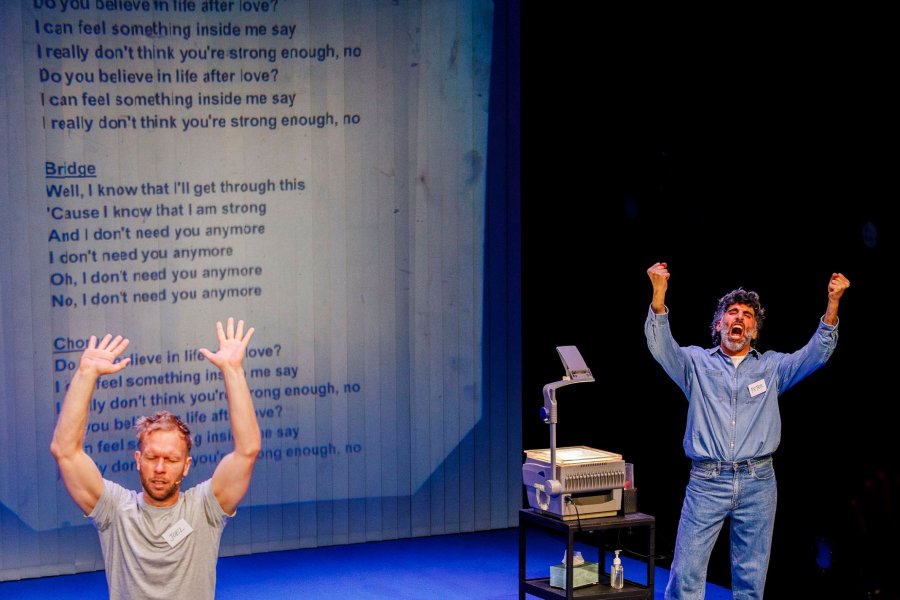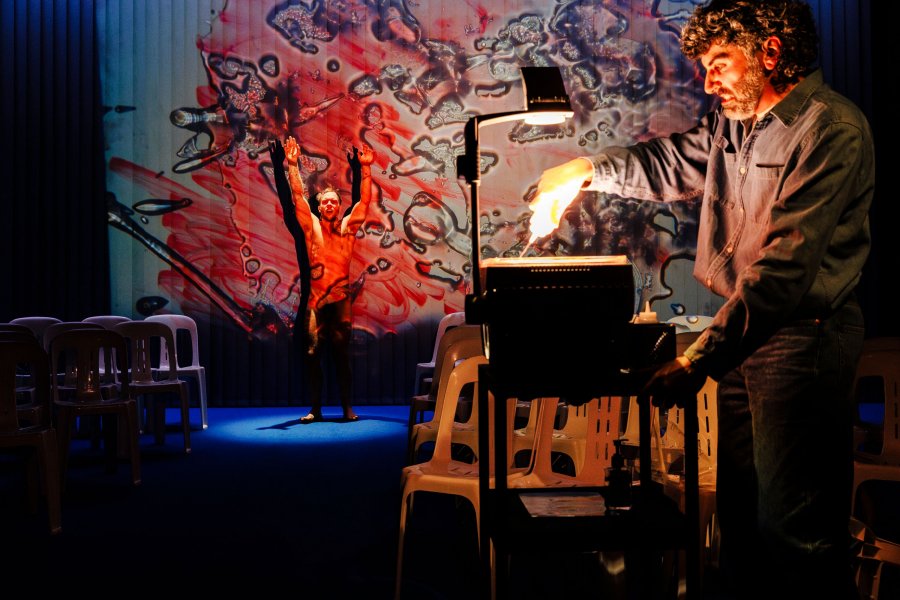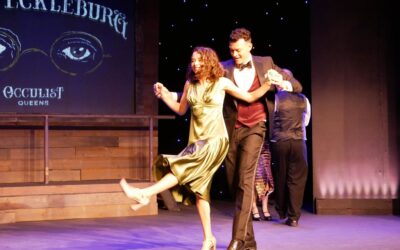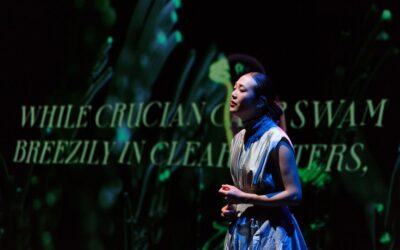By Nick Pilgrim
When Theatre Matters sent a call out for one of their writers to review Homo Pentecostus for them, I was in two minds about accepting the gig. My main reason being, several decades ago I lost a good friend to a local chapter of a Fundamentalist Christian Church.
Reviewing can sometimes be a serendipitous roll of the dice.
For the second time in two weeks, I am critiquing work based on the author’s personal experiences. While The Libra(ian) was a gentle and nostalgic appraisal in the typical day of a local council employee, Homo Pentecostus would be considered that show’s polemic opposite.
Cult worship and those who miraculously escape its clutches is a hot button topic which more than a handful of motion pictures and television series have explored in gripping detail. Standout examples of the genre include:
- Blinded By The Light (1980),
- Boy Erased (2018),
- The Clearing (2023),
- Jonestown: Terror In The Jungle (2018),
- Latter Days (2003),
- Martha, Marcy, May, Marlene (2011),
- The Miseducation of Cameron Post (2018),
- Split Image (1982), and,
- Ticket To Heaven (1981).
Drawing victims like moths to the flame, these organisations offer life-changing hope and salvation. Even when documented evidence exposes that the reverse is true.
Joey Bray and Peter Paltos are two Pentecostal Church survivors who have used their lived experience to create a brand-new world-premiere piece. With a running time of 80 minutes and change, Homo Pentecostus is as immersive as it is dramatic. Viewers are invited to the dark side of faith and its inevitable fallout.
Built on notoriety the likes of Hillsong, Seventh Day Adventism, and other mega churches, Bray and Paltos play two eager and overtly friendly hosts. Beyond offering tea and coffee at the door, this set up and the show’s deliberately clinical stage design, is eerily familiar to anyone who has experienced a revival meeting for themselves.
Engaging from the get-go, the pair are outfitted like members of a boy band. Soon we’re asked to stand up and join them in song (to Cher’s hit “Believe”); their tongue-in-cheek attention to detail is impressive.
Viewers are also encouraged to riff or give personal definitions of Pentecostal religion. Answers range from sobering to outrageous. Clearly, Bray and Paltos are not the only escapees in the room and are amongst friends.
Where their stories connect is through the show’s treatment of cultural loss and human sexuality. Paltos has Armenian roots. Bray is a Wiradjuri man. Both performers identified as gay from an early age, and being born into religiously inflexible families didn’t help matters.
As teenagers, they were sent to separate compounds now recognised as conversion therapy camps. To cut a long story short, the practice doesn’t work, and explains why escapist and anonymous hook-ups formed such a significant part of their identities growing up (and within the show itself).
Viewed through an artist filter, audiences are invited to watch the pair’s indoctrination firsthand. Re-enacting their physical and emotional toll in a theatrical space makes the journey that much more powerful.
Presenting any form of trauma shaped for public consumption is a difficult challenge. Yet, Bray and Paltos rise to the occasion. A heady mix of group therapy blended with slick talk show humour and dance party intensity, Homo Pentecostus is experimental as it is brave. Told in short and extended bursts, these loose overlapping sequences cover a multitude of topics and themes like the veritable seven stages of grief.

Several episodes stand out for their choreographic power alone.
As Paltos ticks off supposed human sins and sufferings on an old-school overhead projector, Bray experiences spiritual agony like a stylised form of PTSD. Bringing his background in dance to the fore, this primal externalisation is both transfixing and shocking to watch.
Later, the pair throw rows of plastic deck chairs into a faux bonfire, likening their adult rebirth to a sacred tribal celebration.
Both actors are credited as co-creators (with Emma Valente). Writer, Bray, shares co-directing credits with Valente as well. As a trio, they allow Homo Pentecostus vast emotional territory but maintain a clear and pointed vision throughout the show.
Strong technical support includes:
- Kate Davis’ multi-purpose Set and Costume Design
- Lighting Design (by Katie Sfetkidis) and Associate Lighting Design (by Spencer Herd).
- Sound Design and Composition by Marco Cher-Gibard (with Associate Sound Design by Justin Gardam)
- Stage Management by Jess Keepence.
What gives Homo Pentecostus significant weight is that Bray and Paltos debate as two sides to the one coin. At various key points in the presentation, they stand back from the journey to deconstruct, reflect on, and analyse faith and their place within it.
Bouncing off some of life’s bigger questions such as can religion and human sexuality co-exist; Bray is the cynical non-believer to Paltos’ hopeful spiritualist. Whether we can surmise this notion ourselves, is up to the individual.
Images:Gianna Rizzo





